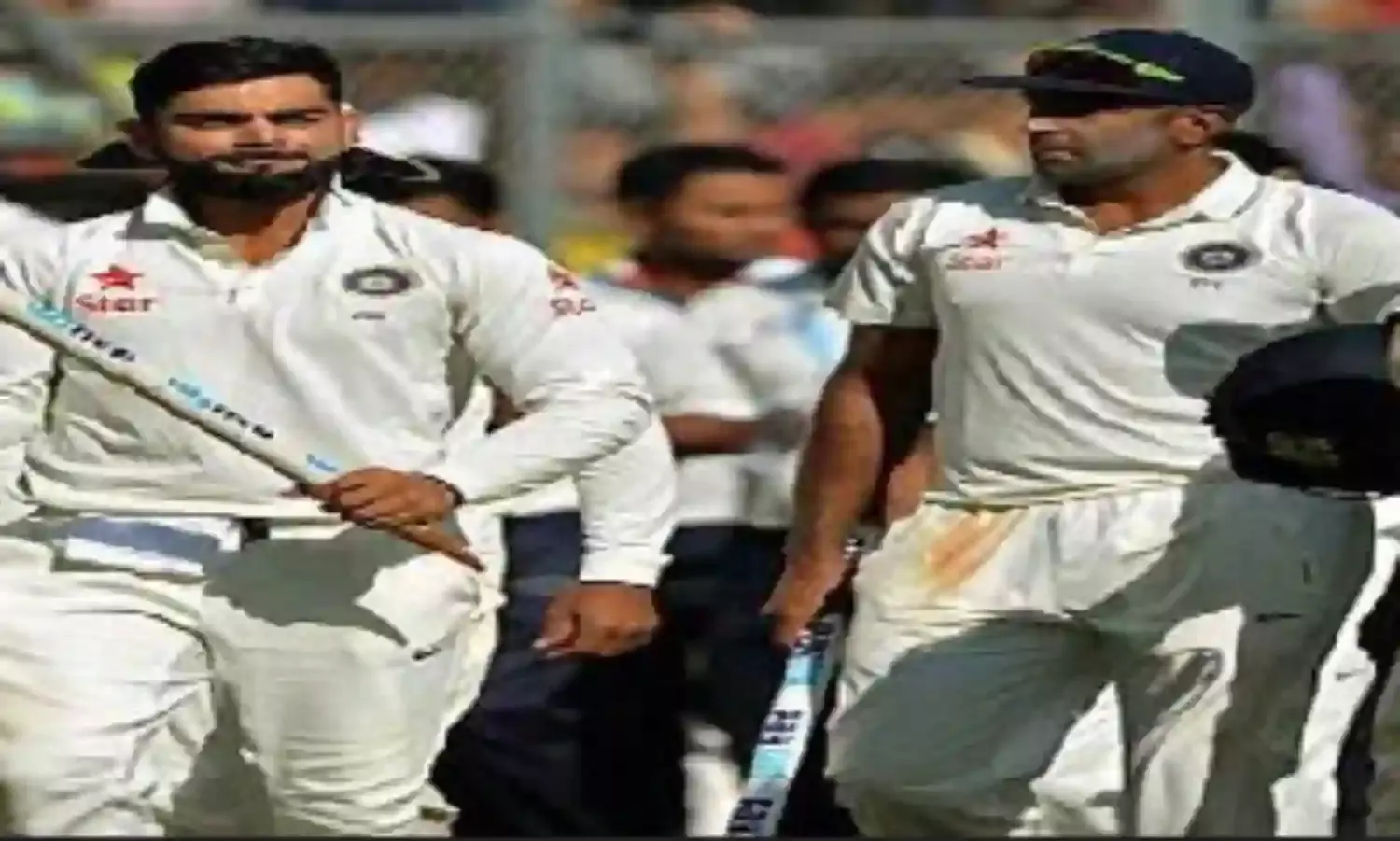Test Cricket's Revival: Just Make The Pendulum Swing
No reason why competitive 5 day match cannot be appealing to modern-day fans

LONDON: There are quite a few similarities between Cricket and Baseball. In both sports two teams with batters and bowlers/pitchers take the field. Batters try and hit the ball thrown to them while fielders aim to catch the ball when it is in the air. When the ball is on the move batters score by running between the two marked lines on the pitch and in the end the team with most number of scores wins the match.
However, amid all these similarities, one important aspect which makes Cricket a much more skilled sport than Baseball, is the ability of the bowlers to deceive the batsmen with the sideways movement of the ball. Unlike the full tosses in Baseball, in cricket a bowler can extract bounce, pace, spin and swing out of the pitch which creates an unpredictability factor and always keeps the batters on their toes. It is this intense battle between the bat and ball which makes Cricket a fascinating spectacle to watch.
Well, in modern day Cricket, especially in the white ball formats, we tend to miss this traditional rivalry of late. Thanks to the flat nature of pitches around the world, the game these days is all about the batsmen, whereas bowlers now are gradually turning into a glorified version of a Baseball pitcher.
This imbalance has institutionalised much that recently England managed to score close to 500 runs (481 to be exact) in a One-Day International (ODI) fixture.
Can you imagine, batting sides are almost scoring 10 runs per over throughout their innings in an ODI! Whereas in T20s, 200 or even 220 is just a par score. And the most concerning aspect is, the boards, organisers and sponsors promote this type of unhealthy nature of cricket as they believe the modern tech savvy generation prefer to watch these boundary-hitting exhibitions.
Well, amid such harakiri, the Test match we witnessed at Edgbaston earlier this month has come as breath of fresh air.
In this era of T20 premier leagues, when fans and other stakeholders are bound to get tired with an overdose of hit out or get out type of cricket, an epic thriller like Edgbaston gives us a gentle reminder that Test cricket still rules the roast.
Being present at the press box of Edgbaston, I can tell you matches like these are just like a gold dust from spectators’ point of view or even for people like us who write about the game and rarely get to be a part of such a heart-pumping contest in which each ball has its own story to tell.
We all not just witnessed the nail-biter, we lived every bit of it. Throughout the 10 sessions of the match, for a change, ball dominated the bat and neither England, nor India managed to had an upper-hand over the proceedings for a longer period of time. The pendulum kept on swinging, so were the emotions of the spectators on the ground or millions of others around the world who were following it on TV, Radio or online, irrespective of their age.
When was the last time a limited-overs’ match attracted such a worldwide attention? Unfortunately, the next two Test did not turn out to be that exciting.
Nevertheless, In fact, not only the fans, I am sure even players themselves love to be a part of such well contested encounters.
Well, England skipper Joe Root certainly did and he had no hesitation to make it public in the post-match presser at Edgbaston.
"Fabulous advert for the game of cricket, isn't it? Anyone that says it's dead can just come and watch this on repeat. What a game!”
And in recent times this was just not a one-off fixture in which we experienced such phenomena. During India’s recent tour of South Africa, two of the three Test matches had close finishes and on both occasions there were huge following from the global audience.
Following the end of final Test at Wanderers, off the record I asked South African skipper Faf du Plessis, how disappointed was he that there were only three Test matches in the series.
“Such a shame! We should have played a four-match series,” this was his response. Well, initi ally it was planned to be a four-match series, but at the last moment, the BCCI cut short the Test series and decided to play an extra ODI, for reasons only known to them.
Nevertheless, it is more and more evident that in Test cricket, whenever well-matched opponents play to a similar level on conditions that do not handicap one team, we are more likely to get enthralling contests, which can potentially attract a global audience to make the format commercially more viable.
So, why can’t we start concentrating on this?
To rejuvenate the purest form of the game, the ICC has recently come up with a lot of trials, like day-night Test with pink balls and four-day format. From next year, we will have a global Test championship.
However, amid all these experimentation, if the relevant authorities can start making more sporting tracks for Test matches, which create just the right equilibrium between the bat and ball, I can see no reason why competitive five-day match cannot be appealing to the modern-day fans.



